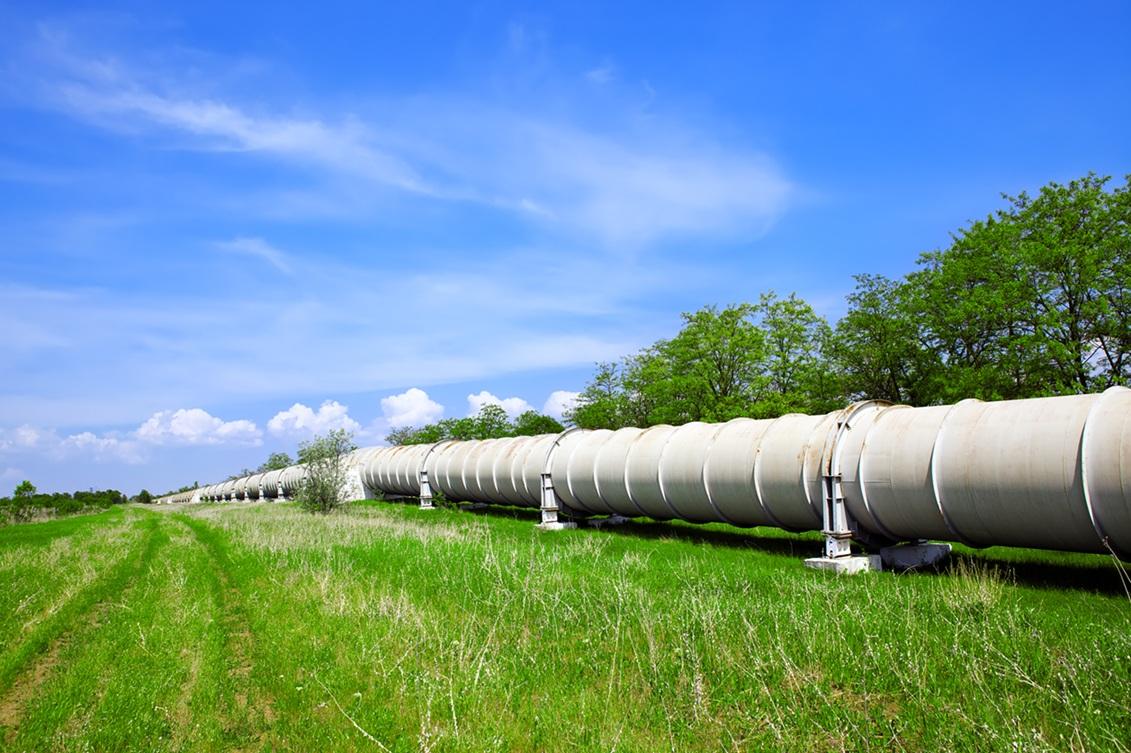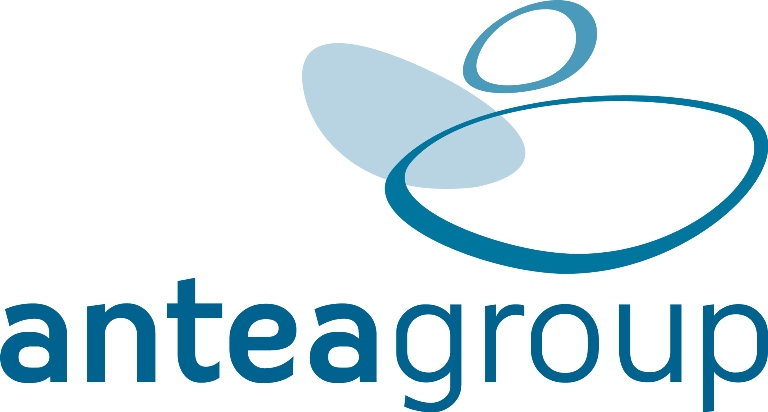Key Leadership Insights From AGA’s 2025 Fall Committee Meetings & PSMS Workshop

Improving pipeline safety isn’t just about using the right systems and maintaining compliance. It also requires strong leadership, ongoing education, and careful innovation.
This idea was a key focus during the recent 2025 American Gas Association (AGA) Operations Fall Committee Meetings and the Pipeline Safety Management Systems (PSMS) Workshop, where industry leaders discussed how safety culture is growing and maturing in the natural gas industry.
Pipeline Safety is Moving Beyond Compliance
Conversations around the API Recommended Practice (RP) 1173 – Pipeline Safety Management Systems (PSMS) show that perceptions around safety culture are changing.
Organizations are moving beyond “check-the-box” compliance and are now focusing on how well their safety systems work, how involved people are, and how these systems fit into their daily tasks. The discussion emphasized making your PSMS part of everyday decisions, not just treating them as separate initiatives.
This shift shows the industry’s growing maturity in approaches to risk management, encouraging learning, taking responsibility, and working together at all levels.
Committed Leadership is the Key to Safety
A recurring theme throughout the event was that strong leadership is essential for pipeline safety.
The PSMS workshop opened with a powerful reminder of what commitment to safety really means: Supporting supervisors and team leaders with resources, systems and actions that prevent risk.
Speakers made it clear that real leadership is more than just making resources available; it’s about helping people grow. Supervisors and field leaders play a key role in making safety a priority and maintaining that commitment. When they have good communication skills, listen well, and understand what’s happening around them, they help make safety better over time.
Effective leaders show a willingness to learn, encourage open conversations, and build trust across their teams. This turns safety from a mandate into a mindset.
Continuous Learning Powers Progress
Another important takeaway from the AGA sessions was that organizational learning helps create a long-lasting culture of safety.
Organizations shared how they are strengthening their “good catch” and hazard identification programs, using data and feedback to drive targeted improvements.
By focusing on clear communication, figuring out why incidents happen, and looking at how people work, operators are learning from problems and strengthening controls, so they don't happen again. The focus is moving away from compliance-driven rollouts to building systems that learn and adapt to uphold safety culture.
Technology and Responsible Innovation
Technology and innovation were also central to this year’s discussions.
Artificial intelligence (AI) and data analytics are showing huge potential to improve risk evaluation, organize data, and keep operations consistent. However, many companies are taking a considered, responsible approach focusing on clear rules, transparency, and using these tools in an ethical way.
Instead of replacing people, AI is used to complement human judgment, make work easier, and support decision-making. This careful balance between using new technology and acting responsibly is shaping the future of pipeline safety.
Collaboration and Shared Accountability
Many sessions stressed how important it is for contractors, regulators, and operators to work together.
From extreme heat readiness to contractor safety partnerships, companies are seeing that good safety results depend on everyone sharing information, agreeing on goals, and helping each other learn.
The second edition of API RP 1173 upholds these ideas, making sure pipeline safety remains a living system of accountability and learning.
The Bottom Line: Safety is a Shared Journey
The 2025 AGA Operations Fall Committee Meetings and PSMS Workshop reinforced that pipeline safety should be more than just a framework—it has to be a way of thinking. These values not only improve safety but also build public trust in the natural gas industry.
By focusing on investing in leadership, embracing ongoing learning, and applying new ideas and technology with careful consideration, the industry is showing that companies can build lasting safety systems from the inside out.
Do you have questions about your pipeline safety culture? We’re here to help. Contact our team of pipeline safety experts today!

